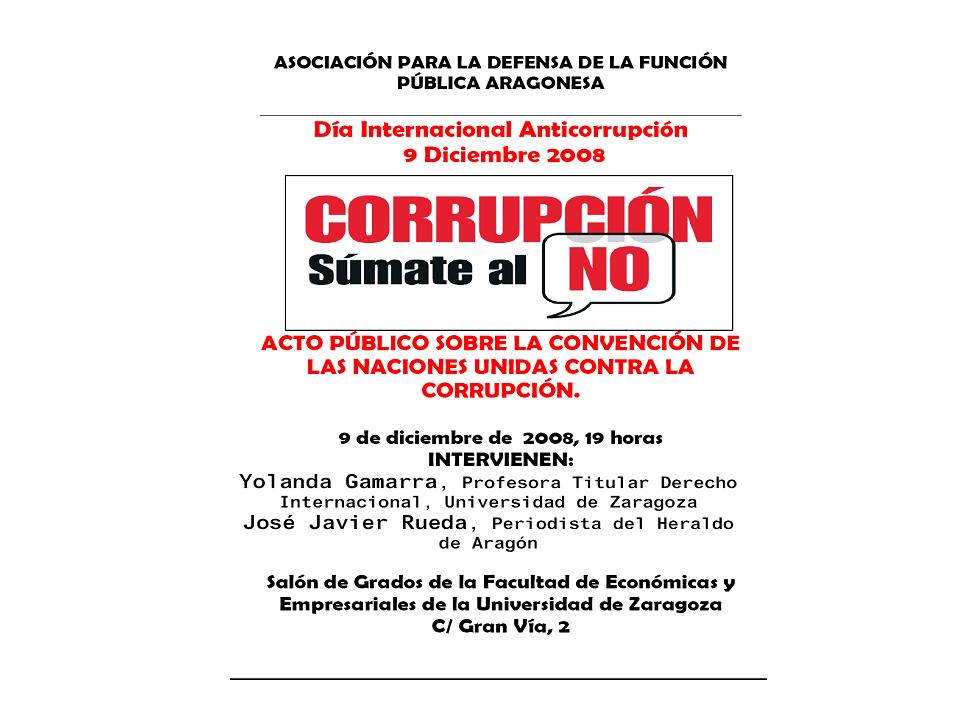Like the battle of Waterloo, the battle for Scotland was a damn close-run thing. The effects of Thursday’s no vote are enormous – though not as massive as the consequences of a yes would have been.
The vote against independence means, above all, that the 307-year Union survives. It therefore means that the UK remains a G7 economic power and a member of the UN security council. It means Scotland will get more devolution. It means David Cameron will not be forced out. It means any Ed Miliband-led government elected next May has the chance to serve a full term, not find itself without a majority in 2016, when the Scots would have left. It means the pollsters got it right, Madrid will sleep a little more easily, and it means the banks will open on Friday morning as usual.
But the battlefield is still full of resonant lessons. The win, though close, was decisive. It looks like a 54%-46% or thereabouts. That’s not as good as it looked like being a couple of months ago. But it’s a lot more decisive than the recent polls had hinted. Second, it was women who saved the union. In the polls, men were decisively in favour of yes. The yes campaign was in some sense a guy thing. Men wanted to make a break with the Scotland they inhabit. Women didn’t. Third, this was to a significant degree a class vote too. Richer Scotland stuck with the union — so no did very well in a lot of traditonal SNP areas. Poorer Scotland, Labour Scotland, slipped towards yes, handing Glasgow, Dundee and North Lanarkshire to the independence camp. Gordon Brown stopped the slippage from becoming a rout, perhaps, but the questions for Labour — and for left politics more broadly — are profound.
For Scots, the no vote means relief for some, despair for others, both on the grand scale. For those who dreamed that a yes vote would take Scots on a journey to a land of milk, oil and honey, the mood this morning will be grim. Something that thousands of Scots wanted to be wonderful or merely just to witness has disappeared. The anticlimax will be cruel and crushing. For others, the majority, there will be thankfulness above all but uneasiness too. Thursday’s vote exposed a Scotland divided down the middle and against itself. Healing that hurt will not be easy or quick. It’s time to put away all flags.
The immediate political question now suddenly moves to London. Gordon Brown promised last week that work will start on Friday on drawing up the terms of a new devolution settlement. That may be a promise too far after the red-eyed adrenalin-pumping exhaustion of the past few days. But the deal needs to be on the table by the end of next month. It will not be easy to reconcile all the interests – Scots, English, Welsh, Northern Irish and local. But it is an epochal opportunity. The plan, like the banks, is too big to fail.
Alex Salmond and the SNP are not going anywhere. They will still govern Scotland until 2016. There will be speculation about Salmond’s position, and the SNP will need to decide whether to run in 2016 on a second referendum pledge. More immediately, the SNP will have to decide whether to go all-out win to more Westminster seats in the 2015 general election, in order to hold the next government’s feet to the fire over the promised devo-max settlement. Independence campaigners will feel gutted this morning. But they came within a whisker of ending the United Kingdom on Thursday. One day, perhaps soon, they will surely be back.
(Artículo de Martin Kettle, publicado en "The Guardian" el 19 de septiembre de 2014)




5 comentarios:
La Carta de Servicios del INAEM, es un documento incluido en el Plan de Modernización de los servicios públicos de empleo en el que el Gobierno de Aragón ha invertido 2.400.000 euros. Su objetivo no es otro que el de mejorar la calidad del servicio que presta al usuario: A los demandantes de empleo se les garantiza el acceso a la oficina electrónica a través de internet, una atención personalizada en un plazo de 15 días con la asistencia de un tutor si es necesario, la actualización continua de todos sus datos personales y la mayor información sobre las ofertas laborales que existen. Con los empresarios el INAEM se compromete a localizar los candidatos que necesitan en un máximo de 48 horas, a colaborar en la cobertura de esas plazas y a facilitarles las instalaciones del Instituto para los procesos de selección.
COPE.
La red de oficinas del Instituto Aragonés de Empleo cuenta desde hoy con una Carta de Servicios en la que se recogen los compromisos que el INAEM adquiere tanto con los solicitantes de empleo como con las empresas que piden trabajadores.
RRHH Press. El Boletín Oficial de Aragón publicó el jueves la Carta de Servicios del Instituto Aragonés de Empleo (INAEM), un documento a través del cual el organismo informa a los ciudadanos y usuarios sobre los servicios que tienen encomendados, sobre los derechos que les asisten y acerca de los compromisos de calidad que la Administración adquiere en su prestación. Esta Carta de Servicios fue aprobada por Orden de 15 de febrero de 2010 del consejero de Economía, Hacienda y Empleo del Gobierno de Aragón.
Contenidos de la Carta de Servicios del INAEM
El contenido global de la Carta de Servicios incluye apartados relativos a los fines y objetivos de la organización, relación de los servicios prestados por el organismo, la normativa aplicable, compromisos de calidad, participación ciudadana y medidas de subsanación o compensación en caso de incumplimiento de estos compromisos
Así se escribe la historia.
Sellar un compromiso con la calidad del servicio y con los derechos de los usuarios. Esta es la finalidad de la nueva Carta de Servicios del Instituto Aragonés de Empleo (Inaem), que el pasado día 4 de marzo se hacía oficial con su publicación en el Boletín Oficial de Aragón (BOA). "El hecho de asumir una carta de servicios no es simplemente una declaración de voluntad; eso implica un compromiso", afirmaba en su presentación, este jueves, la directora gerente del Inaem, Ana Bermúdez..
La publicación de la Carta de Servicios de las Oficinas de Empleo se enmarca en el Plan Estratégico 2009-2011 que ha puesto en marcha el Inaem. Su misión es favorecer la inserción laboral y el desarrollo profesional de los trabajadores, ofreciendo servicios y facilitando el contacto con las empresas para que consigan los puestos de trabajo que más encajen con su perfil, completando su nivel formativo y mejorando el nivel de empleabilidad a lo largo de su vida profesional.
Del mismo modo, el fin de nueva Carta de Servicios del Inaem es contribuir a la mejora de las empresas, facilitándoles el contacto con los profesionales y potenciando su desarrollo continuo
EL PERIODICO DE ARAGON.
Publicar un comentario